Historical Identity Through Our Playgrounds
In the fabric of every community lies a history, a narrative that embodies its collective identity. Playgrounds are often seen as spaces dedicated to joy and play. However, their potential goes far beyond simply being recreational areas; being ideal places to capture and preserve the essence of the history and identity of each locality. At Galopín Playgrounds we bear this maxim in mind and strive to carefully weave the threads of historical memory and local identity into every design we think of.
Local culture has a strong influence on the self-esteem of a population. Cultural references help to teach local history, traditions and values, and create a sense of pride and belonging. In our design, we create a representation of the cultural values of a specific place. For example, we integrate the structure of local elements, such as a building or a work of art, thus creating cultural-historical spaces that provide the community not only with a place to meet and enjoy, but also with identity.
Although it is important to maintain self-esteem and identity, due to globalisation and digitalisation, local culture can become diluted or forgotten by today’s generations. For this reason, nowadays, many towns and cities are fighting against the loss of knowledge of their history and culture with various instruments that evoke the past and the area’s own history, reinventing themselves to make this transmission of cultural heritage attractive, delving into their own roots. A clear example of reinventing the history and culture of a place to bring them closer to the community is the Parque de la Infancia de Vícar in Almería.
Vícar is one of those places with particular identity characteristics. In this town, the council is constantly and actively working to ensure that this transfer of knowledge becomes apparent, and that the Historical Vícar (in the mountains) and the Modern Vícar coexist together in the same space.
To reinvent history and culture in an attractive way, the town council of Vícar asked for Galopín’s help. Thus, was born El Parque De La Infancia, with three thematic zones, dedicated to Vícar Monumental, Vícar Doméstico and Vícar Invernaderos. The first of these has as its central axis a playground that emulates and pays homage to the Church-Fortress of San Benito with a large tower with climbing elements and a slide placed on a large six-metre hill; the second, Vícar Doméstico, which is the central area of the space and represents the traditional architecture of the area, such as aqueducts, house, town hall… an inclusive play area and a space for strolling with a picnic area and shady trees. Finally, the area of Vícar Invernaderos, which refers to the more rural Vícar, where the greenhouses, represented by nets and geodesic structures, are the main feature of the layout.
The space, with an approximate surface area of 7000m2, is a huge success, and it was cited as the Eden of the whole community and surrounding areas (visitors come from outside the city as well), thus accentuating the sense of local pride.
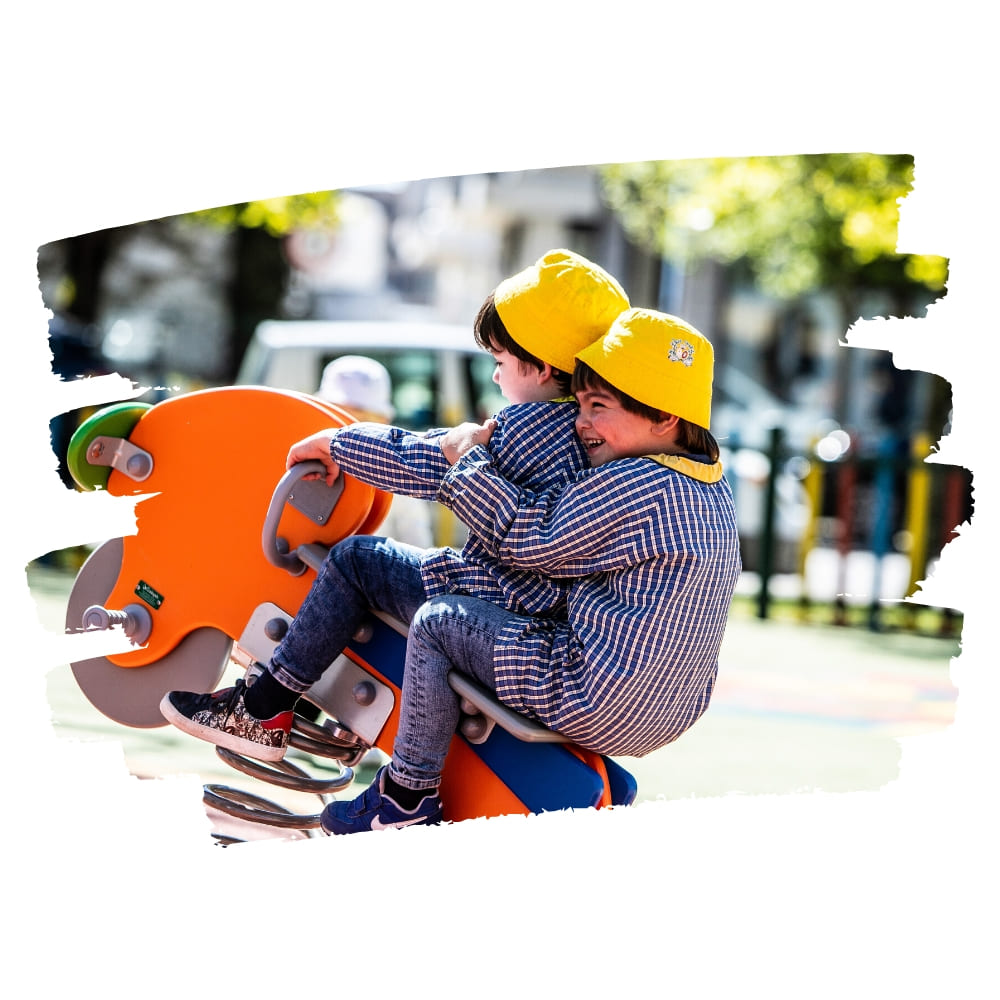

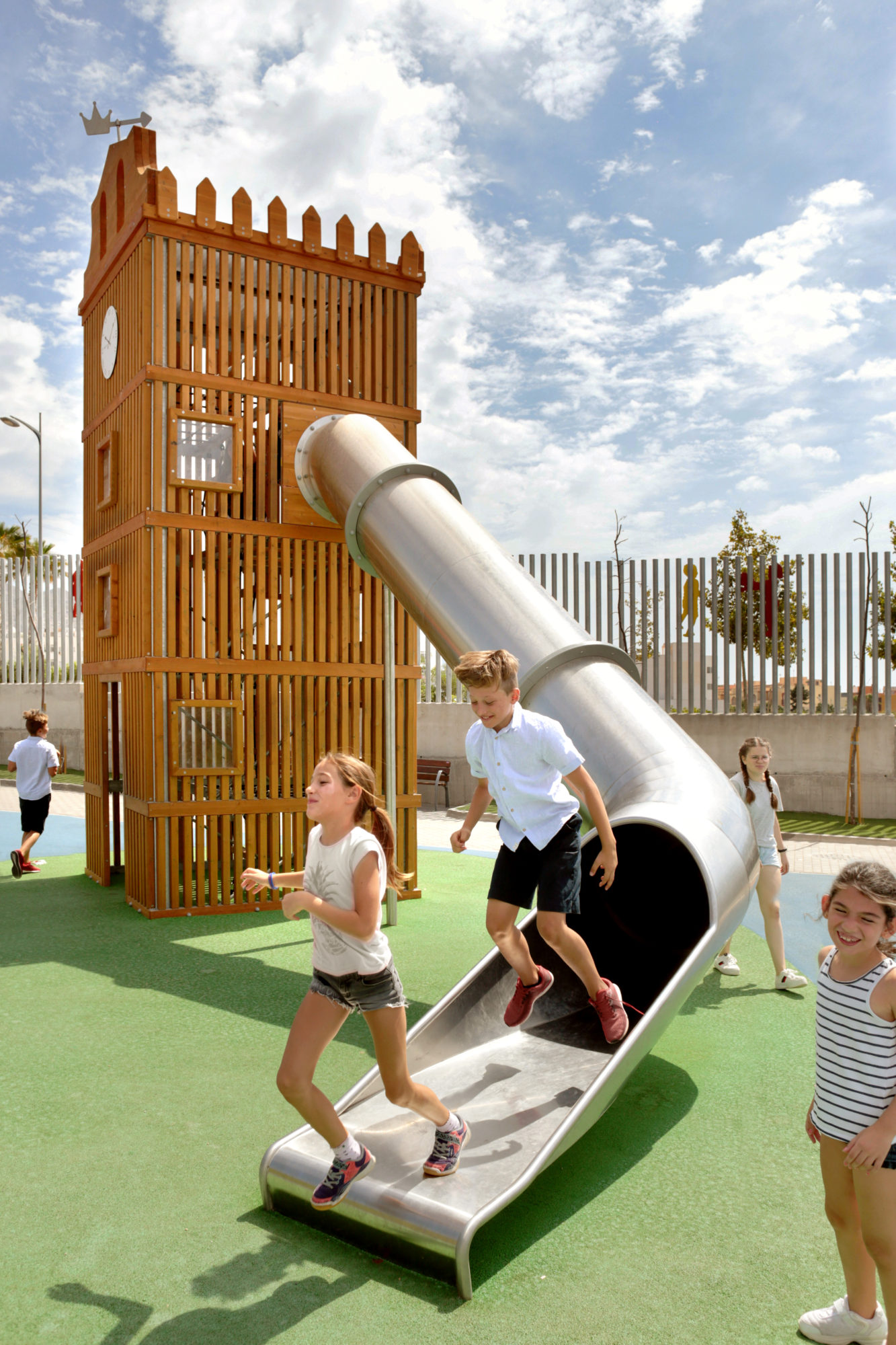
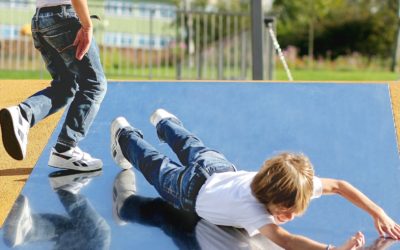
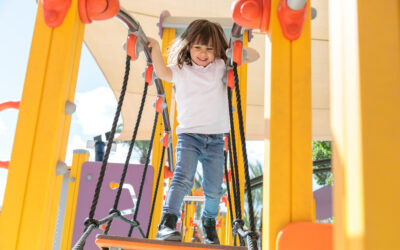
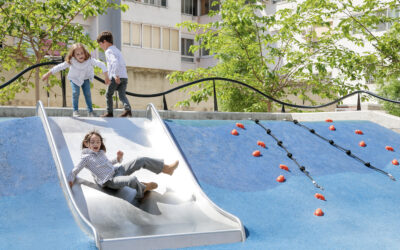
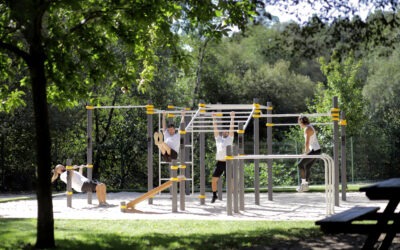
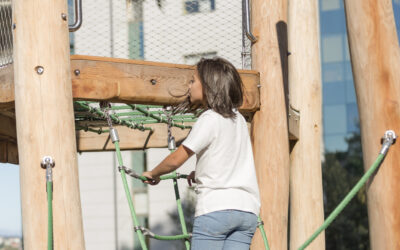
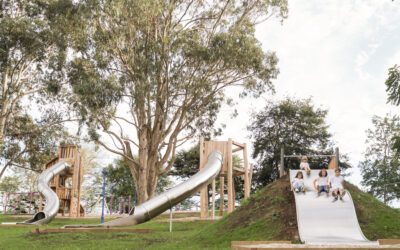
0 Comments